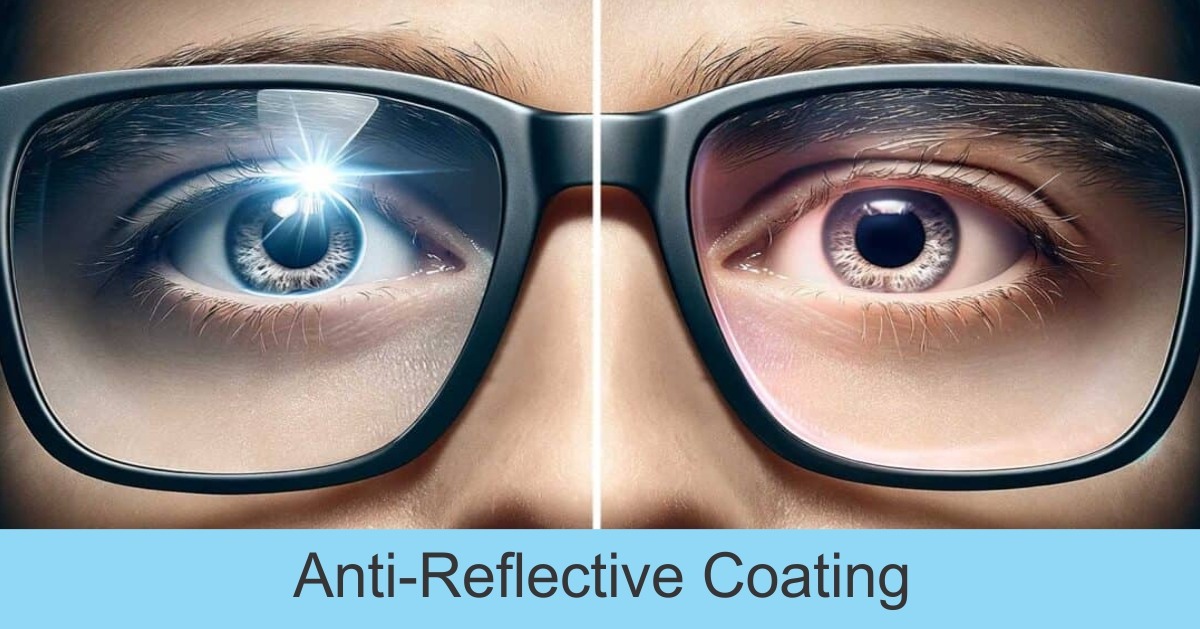What is Anti-Reflective Coating? Benefits, Use Cases & Lens Compatibility
What is Anti-Reflective Coating?
Anti-reflective (AR) coating is a special multi-layer treatment applied to the surface of optical lenses. Its purpose is to eliminate reflections from both the front and back surfaces of the lens, allowing more light to pass through and reducing visual distractions.
Benefits of Anti-Reflective Coating
- Improved Visual Clarity: AR coating provides sharper, clearer vision by minimizing glare and enhancing contrast, especially in low-light conditions.
- Better Appearance: Lenses appear nearly invisible, making your eyes more visible through the glasses. Great for photos and video calls.
- Reduced Eye Strain: With less glare, your eyes don’t have to work as hard—ideal for long hours in front of screens.
- Added Durability: Many AR coatings include water-repellent, smudge-resistant, and scratch-resistant properties.
Who Should Use AR Coated Lenses?
Anti-reflective coating is recommended for:
- People who work on computers or digital screens regularly
- Nighttime or long-distance drivers
- Students and professionals in classrooms or offices with bright lighting
- Anyone wearing prescription glasses or sunglasses
Compatible With Other Lens Features
AR coating enhances the performance of other lens technologies like photochromic lenses, blue light filters, and polarized sunglasses.
Conclusion
Anti-reflective coating is a smart and affordable lens upgrade that improves clarity, comfort, and the look of your glasses. Whether you're driving at night, working on screens, or just want cleaner-looking lenses, AR coating is worth considering for your next pair of glasses.

